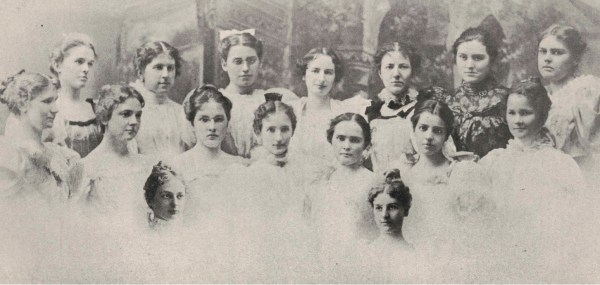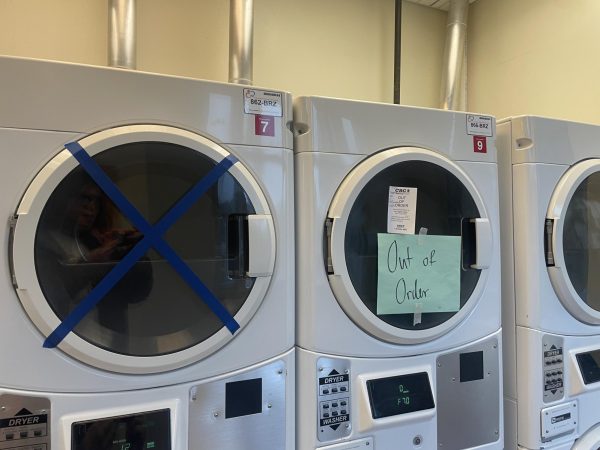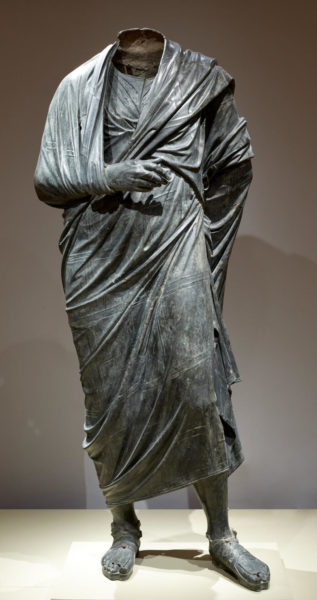New bill to make college tuition a little less taxing
Ohio senator proposes increase in tuition tax credit
Last week, the last group of procrastinating students and families filled out their income tax forms for the April 15 deadline. For some of them, this labor was rewarded with a reduction in taxes owed of up to $2,500, or an addition to their refund of up to $1,000. This is courtesy of the American Opportunity Tax Credit (AOTC).
The last substantial change to the AOTC, apart from votes to keep the program going, occurred in 2009. The Case Western Reserve University tuition in 2009 was $35,900. For the 2015-2016 school year, CWRU tuition will be $44,156, and this hike in costs is fairly typical of colleges across the United States in recent years.
Senator Sherrod Brown, D-OH, addressed these rising college costs in a press conference on April 15: “We all know what has happened to college costs. Sky high and climbing.” He went on to introduce the AOTC reform bill that he is co-sponsoring.
Currently, the tax credit gives individuals earning up to $90,000, or twice that for couples filing jointly, an income tax reduction of up to $2,500 for college tuition paid for up to four years of college tuition per student. If that reduction brings the amount owed to $0, then they are given a credit of 40 percent of the tuition paid above that point, up to $1000.
Brown’s proposed changes would increase the maximum income to $100,000 for individuals or $200,000 for couples filing jointly. The maximum reduction in taxes would be raised to $3,000, and the refundable credit would rise by one third to $1,500.
The bill would also change the lifetime limit from four years of college to a monetary total of $15,000 and make the AOTC a permanent part of the American tax code.
“Case Western Reserve is committed to the principle that cost should not be a barrier to a qualified student’s ability to attend this university,” noted a university spokesperson when asked for comment on the bill. “This belief is one of the reasons that fundraising for scholarships is one of the top priorities of the expanded capital campaign. The university also supports measures at the state and federal levels that seek to make college more affordable for families.”
The Office of University Financial Aid noted that, if passed, the increased credit given to CWRU families will not impact the amount of financial aid they receive.
The office added that CWRU students from Ohio could also be eligible for the Choose Ohio First scholarship for students in Science, Technology, Engineering, Mathematics & Medicine fields.
Ohio students could also get up to $2,568 from the Ohio College Opportunity Grant. That grant, for which Ohio residents can determine their eligibility by filling out the Federal Application for Student Aid (FAFSA) is also currently under review; state Democrats have suggested increasing it.
Brown emphasized the impact of making tuition affordable.
“College is the surest way to provide an on-ramp to the middle class,” he said.

Aquene Kimmel, Director of Web and Multimedia, is a fourth-year English and French major. She is also Editor-in-Chief of The Athenian and a member of Pi...

















